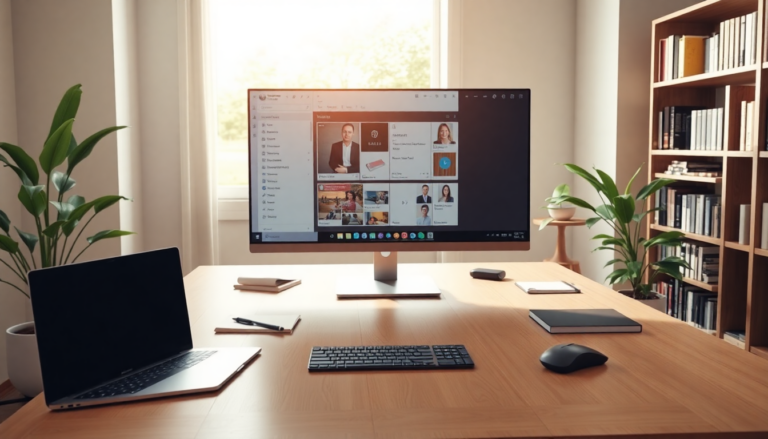Argomenti trattati
Microsoft’s Copilot Vision is making waves with its latest update, allowing users to share their entire desktop with the AI. This exciting development, rolled out in version 1.25071.125, significantly enhances how users interact with both their applications and the AI’s support capabilities. Originally designed to recognize just one application at a time, Copilot Vision has now broadened its horizons to encompass the whole desktop, marking a major leap forward in its functionality.
So, what exactly does this Desktop Share feature mean for users? Well, it allows Copilot Vision to view not just a couple of applications, but all the programs open on your desktop. This expansion opens up a world of possibilities for interaction between you and the AI, which could lead to more insightful suggestions and a more organized workspace. Imagine juggling multiple applications at once—now, Copilot Vision can understand and engage with all of them, enhancing your productivity.
While the differences between earlier versions and this new update might seem subtle at first glance, the implications are anything but trivial. With the capability to monitor your entire desktop, Copilot Vision could help manage a cluttered workspace by offering organizational tips or optimizing how you use your applications. However, the real test lies in how adeptly Copilot Vision can interpret the various elements it observes.
Integrating Voice and Vision
Another intriguing aspect of this update is the seamless integration of voice interaction with Copilot Vision. You can now activate the AI during a voice conversation with just a click on a glasses-like icon. This smooth transition from voice to visual assistance underscores Microsoft’s commitment to creating a more interactive and user-friendly AI experience. By blending auditory and visual inputs, we could see significant boosts in productivity and user engagement.
That said, early user feedback suggests there’s still room for improvement. While Copilot Vision can now see a lot more, users are eager for it to better understand what it sees. They expect the technology to evolve, not just as a tool that observes but also as one that comprehends and responds intelligently based on its observations. Isn’t that what we all want from our digital assistants?
Looking Ahead: Future Improvements
With any emerging technology, the journey for Copilot Vision is just getting started. The addition of the Desktop Share feature is promising, but it clearly indicates the need for ongoing enhancements in AI understanding and user interaction. The aim shouldn’t just be to increase the number of applications Copilot Vision can see; it should also focus on deepening its analytical capabilities. This way, it can provide personalized suggestions and insights that genuinely help users tackle their daily tasks.
Microsoft’s ongoing commitment to refining Copilot Vision is likely to lead to even more sophisticated AI interactions in the future. As users continue to voice their feedback and push for more from this technology, the potential for Copilot Vision to evolve into a more intuitive and supportive assistant is incredibly high. In the coming months, we can look forward to further updates and enhancements that will transform how we interact with our digital environments. Are you ready to see what’s next?

